Design, Testing, and Optimization of Trading Systems
$14.88
| Author(s) | |
|---|---|
| Pages |
175 |
| Format |
|
| Publication Year |
1992 |
Design, Testing, and Optimization of Trading Systems is a practical, hands-on guide to setting up, adjusting, and trading mechanical systems that requires no computer or programming skills. This book helps you develop, evaluate, and apply a winning computer trading system that suits your specific needs.
Introduction:
The practical side of testing is the need to know how a set of rules and calculations (a strategy) would have performed had it been traded in the past. Because the formation of most methods comes from a review of past situations (either very specific situations or a generalized concept), it is only natural to want to see whether your perception of what would have happened is correct.
It is perfectly justifiable to back-test your ideas. It would be more unreasonable to trade a strategy without knowing its likelihood of success, your risk exposure, and consequently the amount of capital needed to achieve the desired results.
Philosophically, there is another problem. The power of computers makes it possible to test so many combinations of patterns, rules, and formulas that there is little doubt a seemingly successful strategy will be found. Experience now shows that these solutions do not lead to real trading profits.
The phenomenon, more recently understood as “overfitting,” presents a dilemma for anyone developing a trading program. Bob Pardo addresses this problem directly, offering procedures and clear explanations of the correct solution.
The evaluation of optimization results must also be statistically sound. Presenting and interpreting the results properly is the key to finding the best solutions. The author understands this and shows when the pitfalls lead to unreliable results and market losses, while the correct process gives meaningful answers.
Contents:
- ON OPTIMIZATION
- TRADING SYSTEM DEVELOPMENT
- TRADING SYSTEM STRUCTURE
- THE RULES OF SIMULATION
- SEARCH AND JUDGMENT
- EXERCISES IN TESTING
- OPTIMIZING THE TRADING SYSTEM
- THE EVALUATION OF PERFORMANCE
- THE MANY FACES OF 0VERFITTING
- THE EVALUATION OF REAL-TIME TRADING
Design, Testing, and Optimization of Trading Systems By Robert Pardo pdf
15 reviews for Design, Testing, and Optimization of Trading Systems
Clear filtersOnly logged in customers who have purchased this product may leave a review.

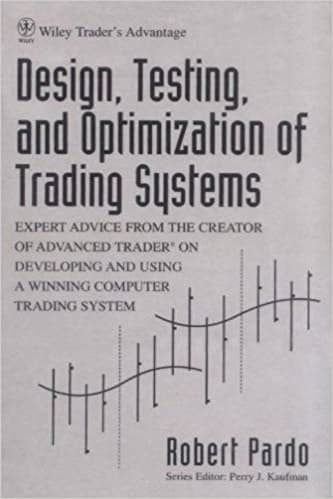
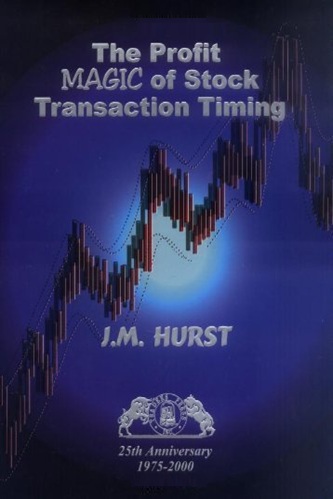
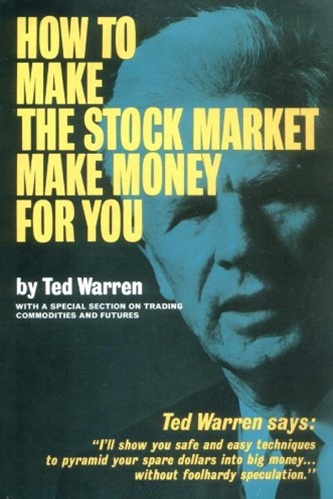
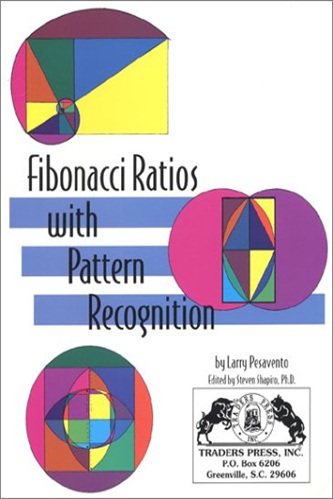
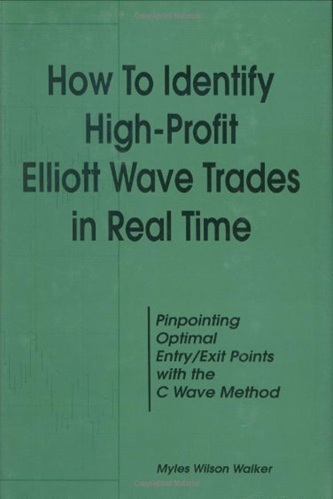
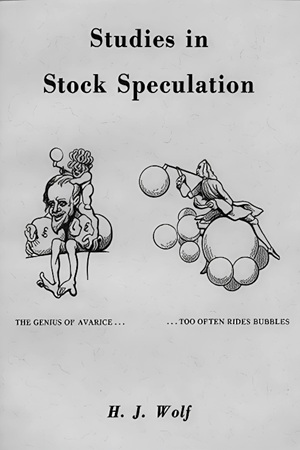

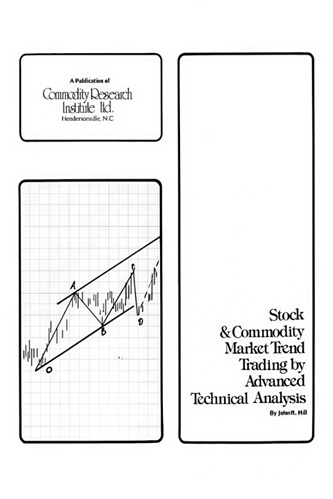
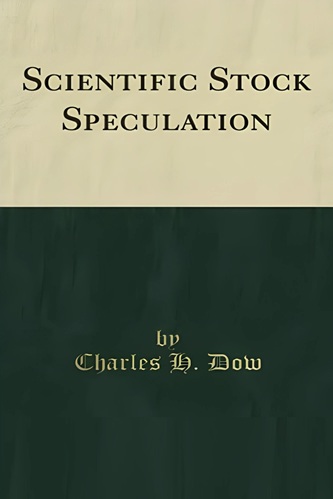
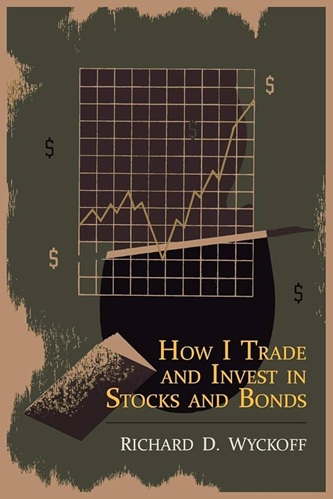
Bailee McClure (verified owner) –
Very useful book
London Jensen (verified owner) –
An excellent guide through trading systems. It helps me a lot in My day trading.Only useful things.
Irene Duran (verified owner) –
This book is the epitome of concise; I’m sure its the thinnest hardcover book I own. Don’t be fooled; it is very dense and targeted. It does not tell you much about specific trading strategies; it is directed toward the person who has some trading ideas and wants to know how to test them thoroughly. I wish there were more books out there like this; expensive but worth every penny.
Reese Tran (verified owner) –
If you are trying to develop a profitable trading system, this is a book you really should read. It is one of the very few good books out there on the subject of developing an automated trading engine that will withstand the test of time and hold up when the bets are placed. It covers all the critical issues involved in successful trading system development: data, backtesting, optimization (and over-optimization), issues of robustness, and more. I would not hesitate to recommend it.
Milo Payne (verified owner) –
A great instructional book on the application of statistical analysis to trading systems. It’s excellent for novice trading system developers who don’t yet understand the importance of rigorous testing or discretionary traders who aren’t yet aware of their need for a carefully and thoroughly tested trading system–a real eye-opener. While the text is somewhat repetitive and the references to software are extremely dated, the techniques within are timeless and are boiled down so that non-mathematicians can easy understand and apply them. This book helps you bypass the slow process of learning system development by trial-and-error and gives you a clear step-by-step breakdown of how to ensure that your trading system is sound and “robust.” However, for those of you looking for trading system recipes/indicators/source code, you won’t find it here. Coming up with ideas for a trading system and setting them up is entirely up to you–this book only describes the process of forging an existing trading system into a robust system that can be used successfully in real-time trading. A must-read for any serious trading system developer!
Raelyn Santiago (verified owner) –
The book is well written and easy to read. I have learned a great deal from it. So far, it is the best book I’ve read about trading system design and development. I recommend it to anybody who is serious about trading systems.
Andi Aguilar (verified owner) –
This book contains everything you need to know to understand the theory of computerized trading systems. It goes through the process of choosing a strategy, implementing it in algorithm form, perfecting variables, and optimization. The most important parts, in my opinion, are those regarding tests of statistical significance of the test results. The author is also careful to caution against any “over-optimization,” which is the bane of any trading system.
Incedentally, I manage the technical analysis arm of a newsletter that attempts to forecast the best performing Fidelity Select mutual fund. This book was an asset during the implementation of my trading system. I would choose it before “The Mathematics of Technical Analysis,” by Clifford Sherry, for example.
The trading system paradigm detailed in this book is based on technical analysis; the use of mathematical tools to estimate the future performance of a security. Technical analysis is, of course, at odds with the strict versions of the efficient market theory. Do you believe that stock performance is deterministic, that future price changes can be inferred from past ones? If so, this is the book to use to implement your computerized trading system.
Kole Giles (verified owner) –
Let me state my biases up front. I’ve always been rather suspicious of so-called “mechanical” trading strategies, although I’m a strong supporter of a technical approach to the market.
Technical analysis, for me, has always been about individual market participants, as a group, are likely to respond to price action to further their interest for profits, or to conserve capital. Market players are not mindless robots who are as predictable as coin flips, but people pursuing goals, and who learn from history. How the market reacts to news and fundamental info is extremely important from this point of view.
While there are things that can be learned from looking at price action, any algorithm that can extract profits from markets is likely to be short lived. With the advent of cheap, powerful computers, it is all too easy to “test” a system on historical data, only to have it fail in real time. Proper system testing is difficult to do.
Even if testing is done properly, it is likely to have been found by a significant number of smart, well-capitalized people long before you or I ever came onto the scene, making historical test results misleading, possibly unprofitable.
The fact is, markets change, and the context of price action in the past may be totally different to the current market environment. How do market systems account for market change, while still producing valid results?
This book allayed some of my fears. Since system testing IS hard to do, it is unlikely that a significant percentage of people will discover the signals of a profitable system, making the method unprofitable.
Even a skeptic such as myself will admit that proper historical testing can, at the very least, encourage thought about future market conditions, and prepare for various scenarios.
Most important (to me), system testing provides a reasonable method for adapting to changing markets. As new data comes in, the model can, and should, change.
This book teaches you how to do proper system testing, so you can have confidence in your results.
I deduct 1 star from the emphasis on the use of a frequentist statistical methodology. It is becoming clear in economics that talk of “long run frequencies” makes little sense for historical events that occur in a particular place, or a particular time, and are not likely to be repeated.
The use of Bayesian methods based on a subjective interpretation of probability (ie. degrees of belief), are growing in usage, and can provide more appropriate answers to certain questions that the “frequentist” methods do not.
For experienced technicians, I can recommend it.
Madalyn Giles (verified owner) –
If you’re serious about an objective and thorough approach to evaluate your trading systems, then this book provides some good statistical tests to measure their effectiveness added to a margin of error or safey factor.
Ismael Hull (verified owner) –
The book is really well written. Not a single line of code, just the concepts and math required to bullet proof your trade system programming.
Cash Middleton (verified owner) –
I just finished reading this book. I bought Pardo’s older book because it was shorter by a couple hundred pages and a bit cheaper. It was very well worth the read. Great and important informaiton. It will make me a better trader. Highly recommended.
Kylie Duarte (verified owner) –
If you have never read anything about trading systems before, then this might be the right book for you. The few basic concepts are well explained and the text is concise (the book is less than 200 pages). Else save your time and look elsewhere for more sophisticate time series analysis concepts.
Gregory Hester (verified owner) –
Short but to the point. The classical reference for this subject. If you need more detail in trading systems development, you can read the new revision from Robert Pardo of this book, but I still prefer the original version because the concepts are clear. Also, for more detail you can read Trading Systems from Emilio Tomassini.
Alani Christensen (verified owner) –
The book is a strange mix of advanced concepts and extremely basic explanations. However, as far as getting down to the nitty gritty of what a trading system and the components required, this book hits the mark. It is more of a technical manual than a book about trading ideas. I would only recommend this to people who have trading for some time, hoping to find a bit more structure.
Abdullah Delgado (verified owner) –
Very well written (simple English) that help to organize thoughts of trading. and it help to improve your level of thinking about trading in general. little book, but very useful. It is very good start to learn how to make a mechanical trading system based on the ideas (that you think should work in the market) then you can back test and forward test those ideas. in this way you will see the weakness and the strength of your way of approaching the market. that will lead to one or more step ahead on you journey to achieve your goals in trading. it is simple and makes you do this tough task with the least possible amount of time.